On This Day…April 13th.
An unusual mixture of Wildcats and Spitfires.
On April 13th the USS Wasp left Glasgow (Scotland) headed for Malta. The British Navy were so low on aircraft in the Mediterranean by 1942 that reinforcements were needed and the only way to get them to Malta was by the British borrowing/begging the Wasp from the Americans.
In this photo, a Spitfire Mk. Vc (Tropical) from No. 603 Squadron RAF is being hauled aboard USS Wasp by crane, 13th April 1942.
Spitfire pilot Denis Barnham writes in his journal (book below) on April 13th...
“The Germans have assembled a bombing fleet of five hundred planes on the Sicilian airfields; for months they have been hammering and hammering at the tiny island. The island’s R.A.F. bomber force has been wiped out. The dwindling number of fighter planes are battling against odds of forty or fifty to one. Will we be in time before the German invasion? Will the fifty Spitfires we are taking be enough?”
“A few minutes ago I was in the hangar deck looking at our cargo of Spitfires. The hangar is a vast girdered cavern stretching away into the distance like the inside of a whale; in it our fighters are lashed into position, parasites to Leviathan. It is impossible to cross the deck without ducking under wings and tails, all tucked into one another. The Spitfires’ wheels are steadied by wooden blocks, their wing tips lashed to the deck by ropes and cables, but more Spitfires are suspended from the roof girders, slung there by canvas loops – they sway gently as our carrier rolls. Staring at these planes I coulld not help wondering how many of them and, indeed, how many of our pilots will be left in a week’s time.”
“In order to get into the Mediterranean without being seen by enemy agents on the shores of Spain or North Africa, our fleet is going to pass through the Straits of Giraltar in the dead of night. Once inside, the Navy, who have precious few heavy ships left, dare not take us very far – we will have to take off and fly about seven hundred miles to our destination. I hope we are taken far enough: of the last formation that left a carrier in this way, only four reached the island – nine others ran out of petrol: the machines were lost and the pilots drowned.”
“Even the take-off will be an ordeal – in order to avoid a similar disaster we will be carrying an extra ninety gallons of fuel in larger long-range tanks attached under the belly of each plane: but a new problem arises – weight. We have each been limited to ten pounds of personal luggage in order to keep our machines as light as possible – but the planes themselves, with an extra powerful armament of four cannons and four machine-guns, are unusually heavy.”
“Is the deck going to belong enough for us to take off and climb into the air: It looked awfully short when we came aboard and none of us have ever taken off from an aircraft carrier before.”
“Thus we face the octopus future that draws us steadily towards it. As a fighter pilot I know I have little chance of coming out of such a battle alive, so it is with sorrow that I look back on what I have done with my life so far and on what I hoped I might achieve.”
Troops of the Canadian Royal Hamilton Light Infantry seen here aboard Kangaroo armored personnel carriers.
The Kangeroos ware converted from Ram tanks. Photo taken in Groningen, the Netherlands, 13 Apr 1945.
B-17 Flying Fortress bombers of USAAF 398th Bombardment Group on bombing run to Neumünster, Germany on 13th April, 1945.
HMS Ark Royal just after her after launching on 13th of April, 1937.
On April 13th 1940, the Royal Navy, with 9 destroyers screening the battleship HMS Warspite, attacked 3 German destroyers and a submarine at Narvik. The Swordfish biplane launched from HMS Warspite attacked and sunk the submarine taking damage from the U-Boat's anti-aircraft gun.
The three German warships were sunk (or scuttled by their own crews) due to a combination of shell fire from the Royal navy ships and the Fairey Swordfish.
Royal Navy Corsair MkII on board (just...) HMS Illustrious 13th April 1945. Any landing you...
Lancasters of 153Squadron practice some VERY low flying and map reading skills. April 13th, 1945.
Pilot Julius Meimberg’s gun camera footage showing him shooting down a RAF Spitfire 13th April 1945. Below, he is relaxing with ‘White 11’ in the background.
‘Factory Fresh’
The histories of the five aircraft with visible serials are: B-17 '2107151' went to the 401st BG, (coded IW-B) acquired the name 'Cover Girl', survived the war and was returned to the USA to be disposed of at Kingman AFB.
'2102518' went to the 384th BG (coded JD-K) and was salvaged in Germany towards the end of 1945, bearing the name 'Damn Yankee'.
'2106992' went to the 401st BG, where she acquired the name 'Baby Lu' Her name was augmented by the Vargas artwork from the Esquire magazine centerfold, "Pistol Packin' Mama." It eventually ended up back in the USA to be scrapped.
'2107084' was also assigned to the 401st BG and nicknamed "Betty's Revenge." She was lost 7 October 1944 over Politz; the navigator, bombardier & radio operator were Killed in Action.
The furthest away aircraft in the photo joined the 401st BG on 17 April 1944. Coded IY-F, nicknamed "Aw, Come On." She also served with the 612th Bomb Squadron, completing 45 missions by the end of the war in the ETO.

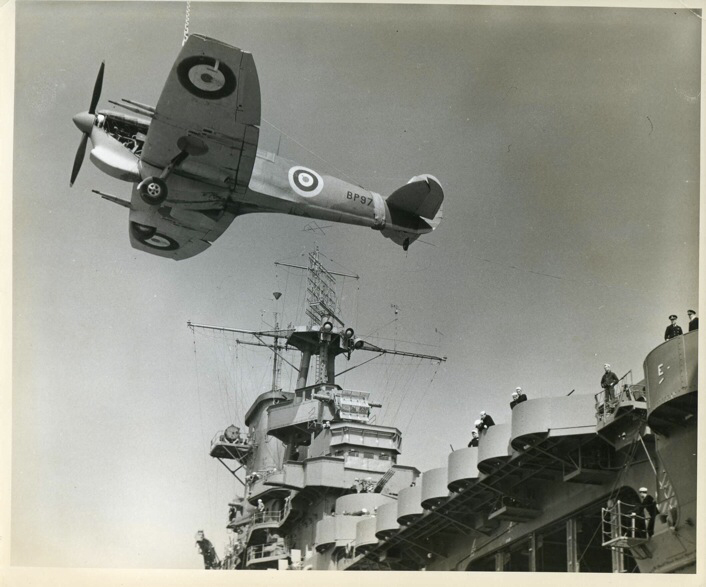
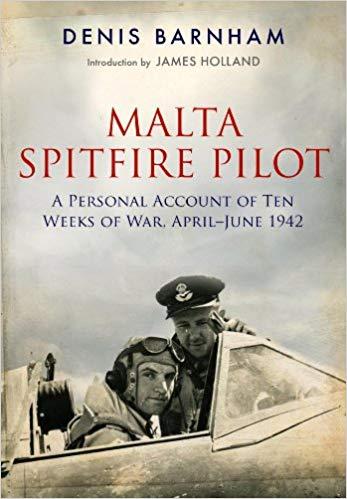
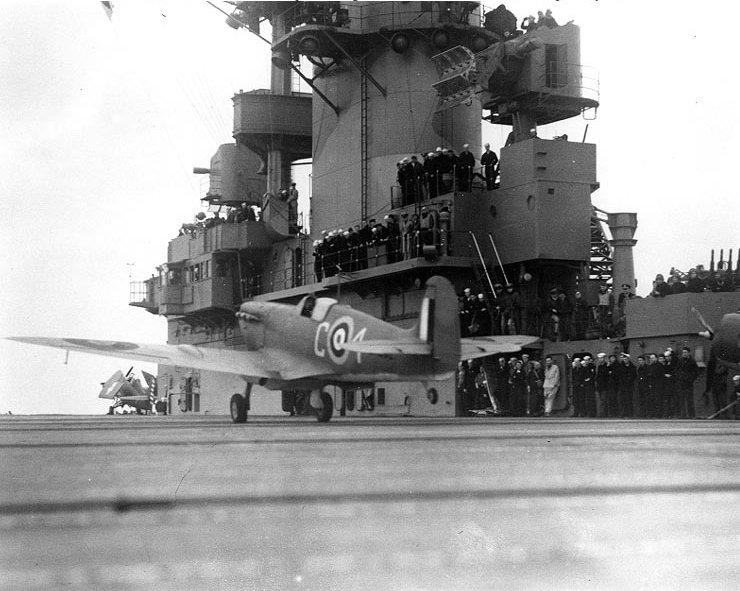

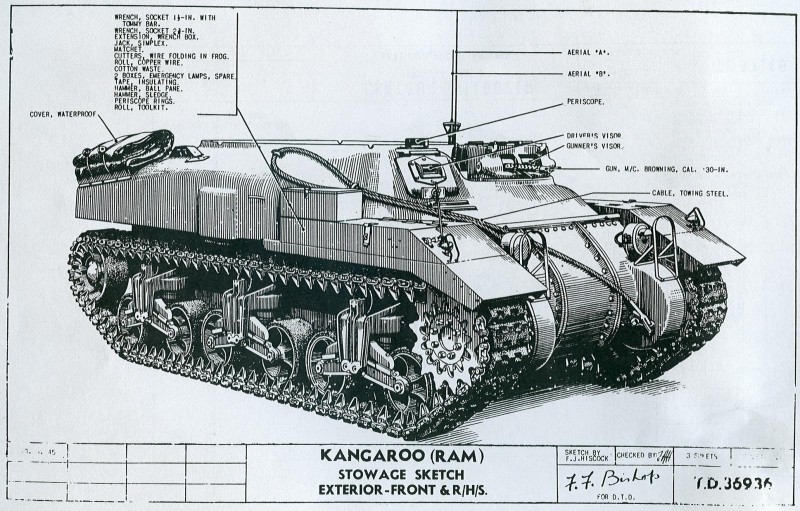
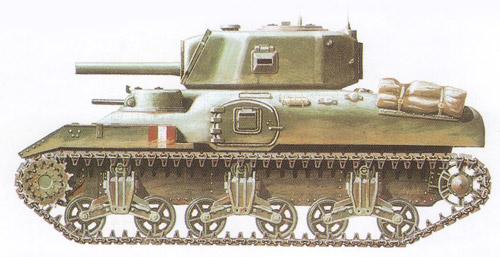
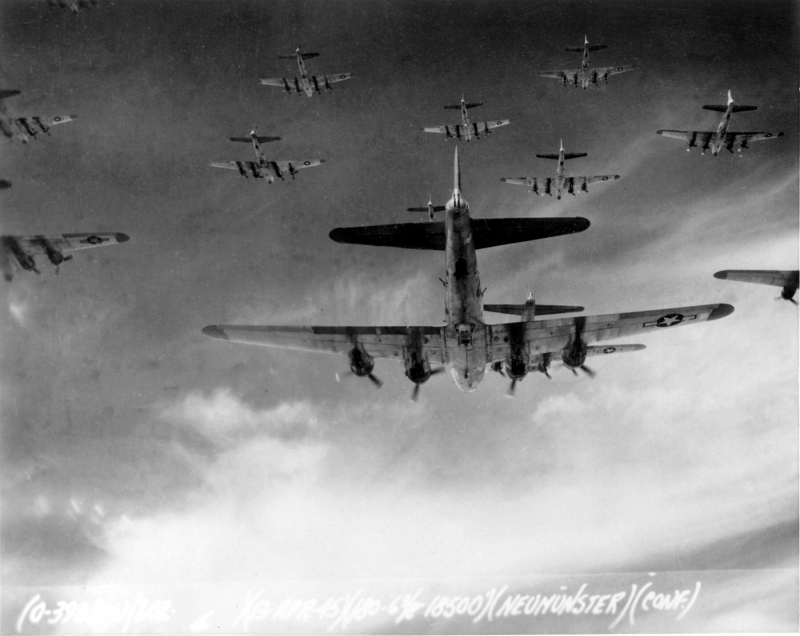

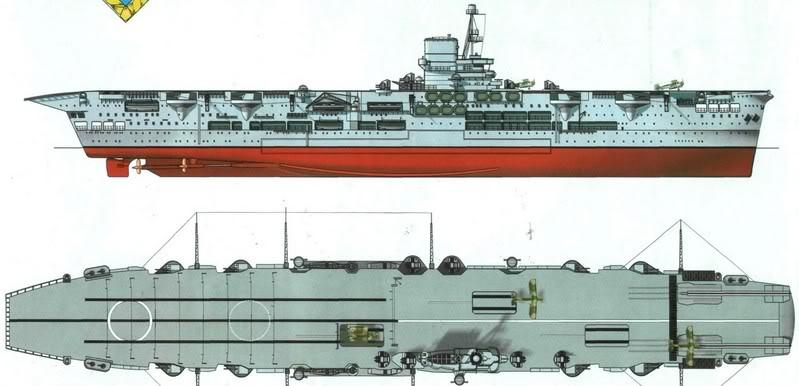

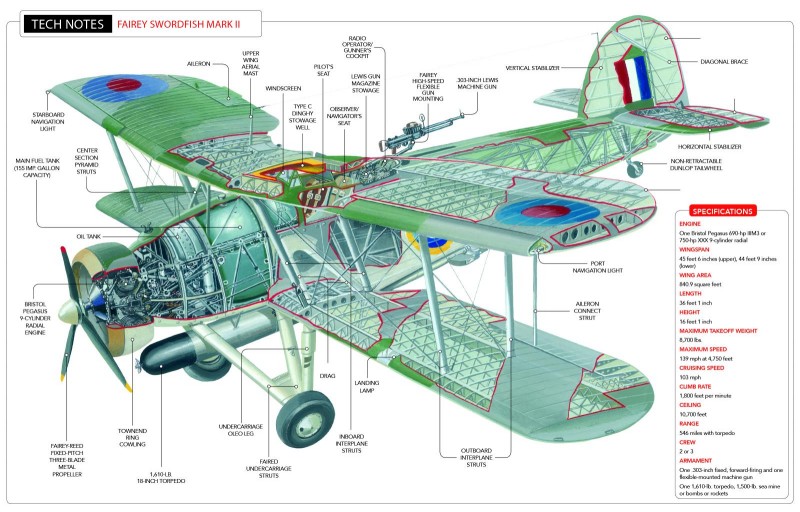
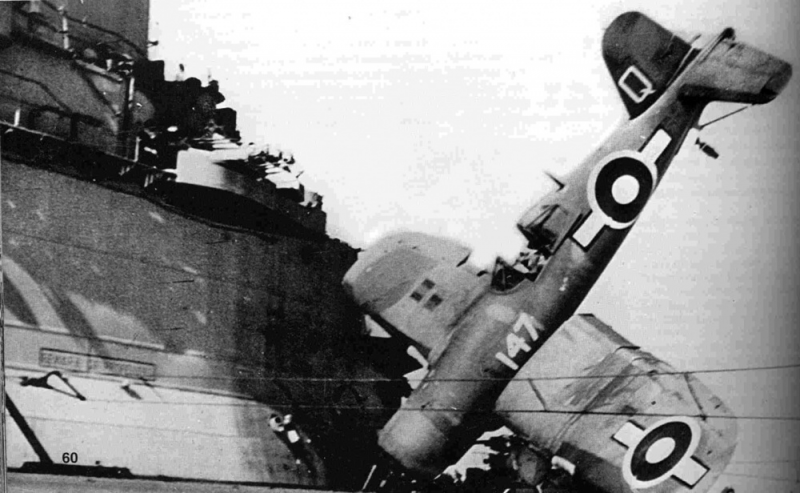
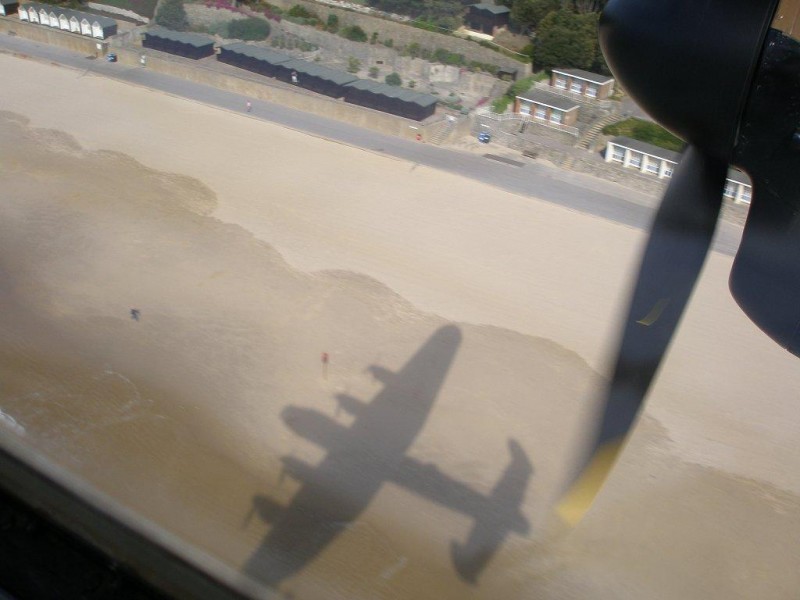
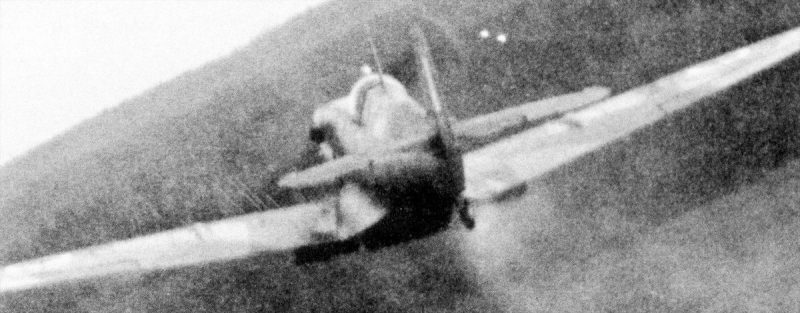

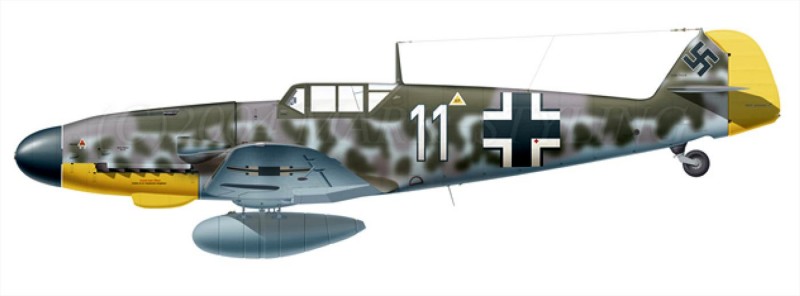

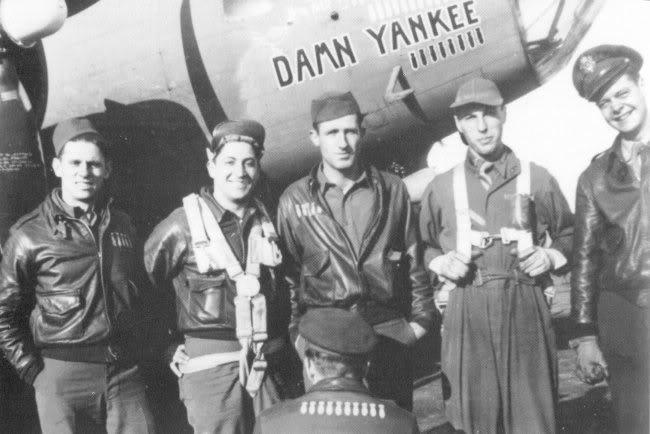
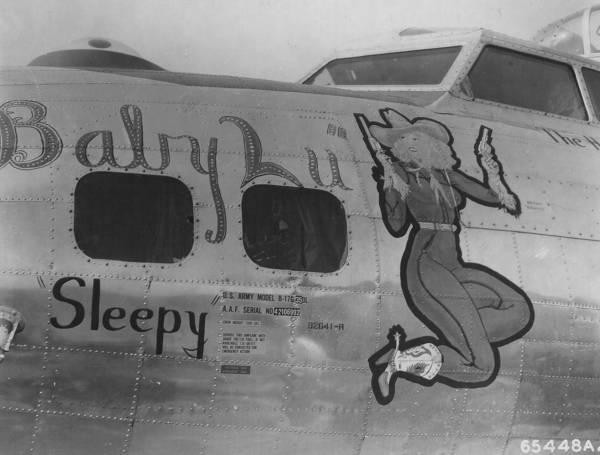
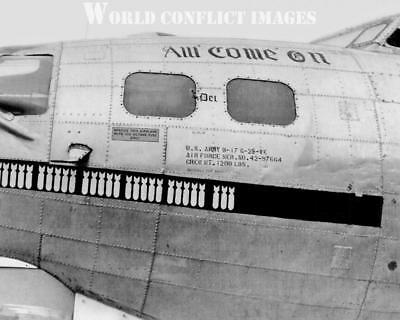
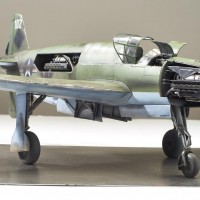
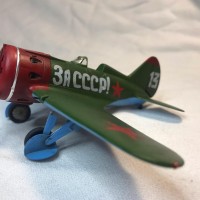
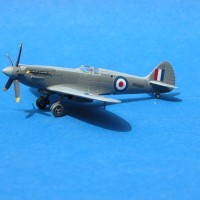
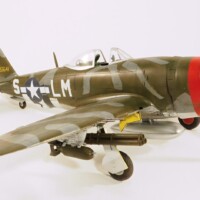
Good work again, David!
Thanks, Tom. You are a star.
A somber recollection of the Spitfire pilot.
Great job, David! You always come up with great stories ... just like this one about the B-17s and the other stuff.